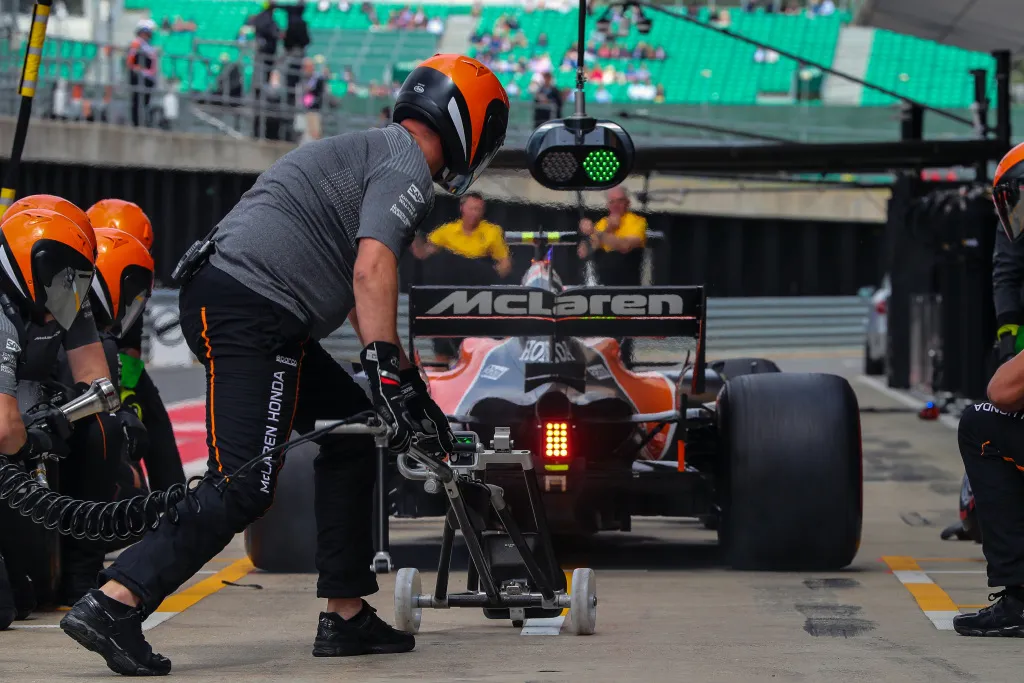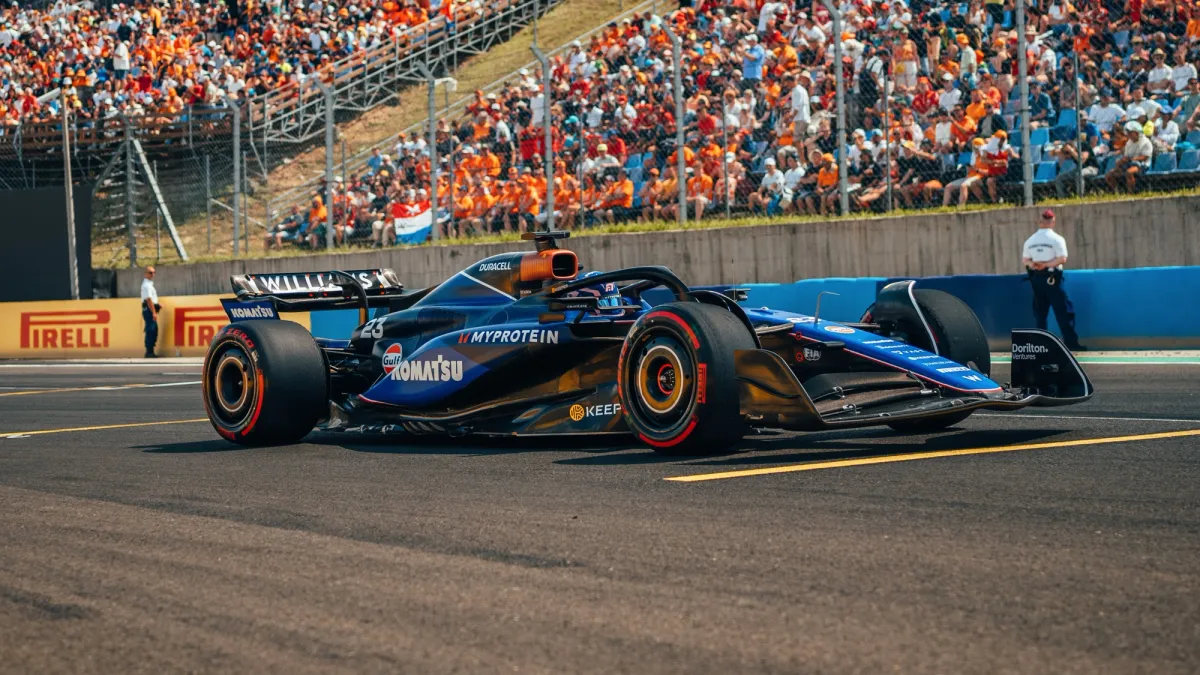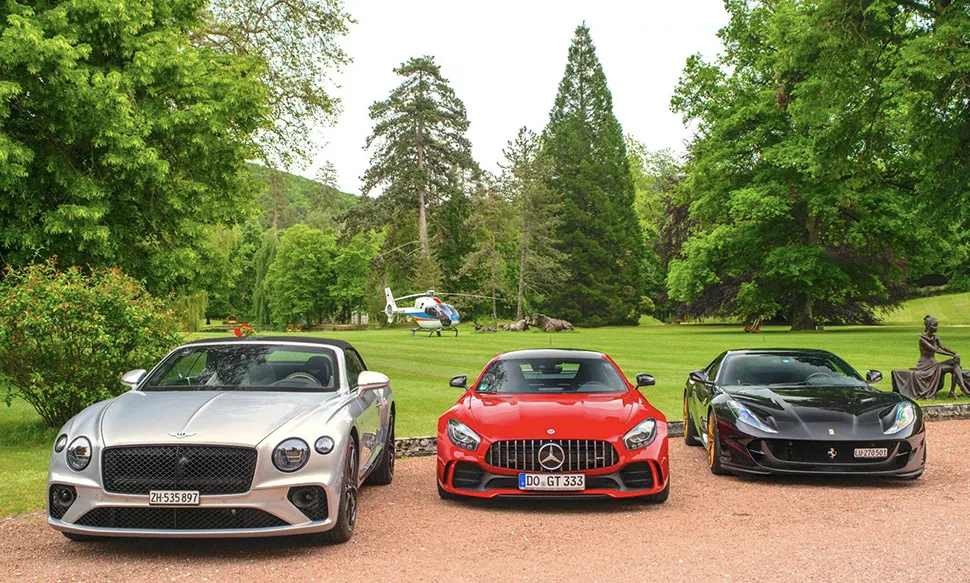As Formula 1 prepares to embark on its longest-ever season (24 races in 2023!) with intriguing new venues like Miami and Las Vegas joining the ranks of host cities, it’s important noting that the sport still visits many of its most historic and famous tracks. In fact, four of the seven tracks Formula 1 raced on during the first year of the current World Championship in 1950 - Silverstone, Circuit de Monaco, Circuit de Spa-Francorchamps and Autodromo Nazionale Monza - are still part of the schedule in 2023! From ancient favourites to new classics, here are 10 historic circuits worth marking off your F1 bucket list in 2023.
Best Formula 1 circuits in the world
1. Autodromo Nazionale di Monza
The oldest circuit on the Formula 1 calendar reached 100 years old this year! The city park circuit on the outskirts of Milan has held a round of the contemporary World Championship every year except one since 1950. Today’s quick 5.8km circuit includes many of the classic corners from back then, albeit the banked oval portion hasn’t been utilized since 1961. The location of so many historic triumphs throughout the years, Monza retains a unique place in the hearts of F1 fans, notably the ‘Tifosi’ of Ferrari. Why go? Electric atmosphere; magnificent position in the center of a vast city park with easy access to the food, culture and history of Milan. Official Ticket Packages are now on sale for the 2023 Italian Grand Prix.
Read also: Andrea Stella: Ferrari's Recuperation Benefits and Hurts McLaren
2. Circuit de Monaco
Opened in 1929, Circuit de Monaco has always been an unusual and unworkable place for top-flight motor racing. Yet the race in the small principality on the French Riviera remains one of Formula 1’s blue ribbon events, even though wheel-to-wheel racing is a little tougher given the growth in F1 vehicle size over the years. Despite its constraints, Circuit de Monaco remains immensely tough for drivers and a fantastic sight for those fortunate enough to attend. Why go? Glamour, mega yachts, people-watching and the chance to view current F1 vehicles on the ragged edge at very close quarters. Secure an Official Ticket Package for the 2023 Monaco Grand Prix
3. Silverstone
Built on the grounds of a World War II runway, Silverstone was inaugurated in 1948 and staged the inaugural race of the current Formula 1 World Championship two years later with King George VI in attendance. Despite being somewhat flat and featureless, the fast and flowing course in the English countryside has given many of Formula 1’s most entertaining races throughout the years. Firmly entrenched as the exclusive home of the British Grand Prix since the late 1980s, Silverstone remains a top test of drivers’ ability and is also one of the best-attended events on the whole calendar. Why go? Passionate and informed local fans, welcoming ambiance and an action-packed event program, on and off the track. Official Ticket Packages are now on sale for the 2023 British Grand Prix.
Read also: F1 2024: Comparative Team-mate Statistics And Their Trends
4. Circuit de Spa-Francorchamps
The ultimate test of a driver’s talents and courage, the original Circuit of Spa-Francorchamps covered 15km of rugged public roads in the Ardennes highlands. The track held the Belgian Grand Prix for the first time in 1925 and has been a part of the F1 schedule since the introduction of the current World Championship in 1950. Safety problems have been a constant topic at Spa-Francorchamps, which was eventually trimmed to its present 7km circuit in 1981, but not before it almost lost its position on the schedule. Formula 1 returned to Spa in 1983, and this legendary track has been a near-constant F1 fixture ever since. Why go? Formula 1’s longest circuit offers fantastic trackside views and intense racing in a lovely region of Western Europe.
5. Circuit Gilles Villeneuve
On a frigid day in October 1978, Quebec native Gilles Villeneuve earned a tremendously popular victory in the inaugural Canadian Grand Prix at the Île Notre-Dame Circuit. Built on a man-made island in the Saint Lawrence Seaway adjacent to downtown Montréal, the track was renamed in memory of Villeneuve after a sad accident took the Ferrari driver’s life at the 1982 Belgian Grand Prix. An almost constant presence on the calendar for more than 40 years, Circuit Gilles Villeneuve has produced many memorable races over the years, including popular one-off victories for Jean Alesi (1995) and Robert Kubica (2008), and an extraordinary last-to-first win in treacherous wet conditions for Jenson Button in 2011. Why go? Better than average probability of a thrilling race; French-speaking Montréal comes alive on race weekend with street festivities and a warm welcome for visiting spectators. Official Ticket Packages are on sale now for the 2023 Canadian Grand Prix
6. Autódromo José Carlos Pace (Interlagos)
Opened in 1940, the Interlagos track in the southern suburbs of São Paulo has been the principal location for the Brazilian Grand Prix since 1973. Many of the early races conducted on an over 8km long circuit were dominated by local drivers Emerson Fittipaldi and Carlos Pace, but concerns about the poor track surface and lack of safety precautions led the Brazilian Grand Prix move to Rio de Janeiro during the 1980s. Formula 1 returned to a shorter and safer form of Interlagos in 1990, and the track has been on the schedule every year since, save from 2020. Interlagos has a well-deserved reputation for generating close and thrilling racing, especially when it rains, and has also been the scene of several memorable championship showdowns since relocating to a late-season calendar position in 2004. Why go? Great trackside views, great racing and the chance to see São Paulo, Latin America’s largest city. Secure your admission now for the 2023 São Paulo Grand Prix at Interlagos.
Read also: Daniel Ricciardo handed ‘slight favourite’ boost by Red Bull Future Liam Lawson
7. Hungaroring
The first and only race contested behind the Iron Curtain made its debut on the 1986 Formula 1 calendar and has been conducted every year thereafter. Only Monza can claim a longer continuous presence on the F1 calendar than the Hungaroring! The narrow and twisty track on the outskirts of Budapest has given more than its fair share of spectacular races over the years, and the Hungarian Grand Prix remains a popular summer fixture on the European F1 calendar. Why go? Warm weather, wonderful spectator views and near proximity to the inexpensive and exciting city of Budapest.
.webp)









.webp)